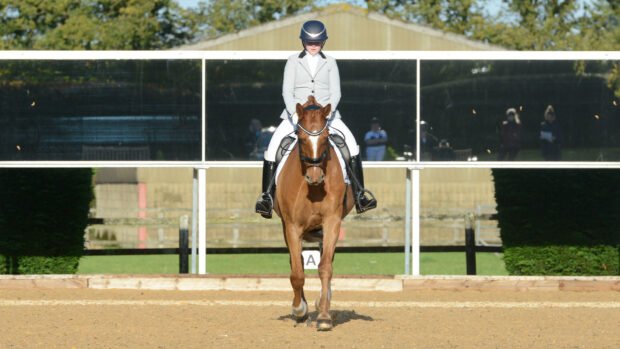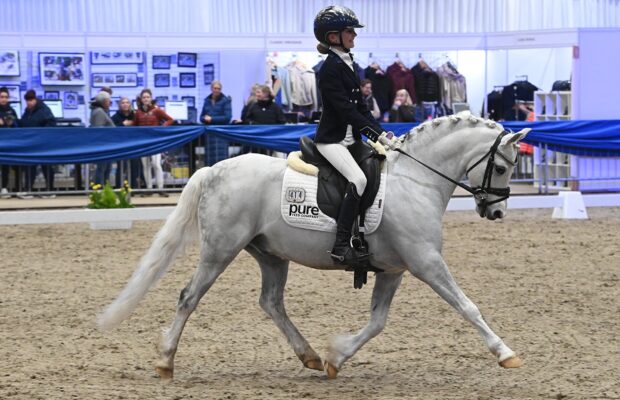If you’re struggling to get the dressage marks you think you deserve, take a look at this expert advice from five-star dressage judge Isobel Wessels — from the benefits of planning well to setting yourself realistic targets.
1. Get out competing on a regular basis
One of the main problems I see is riders becoming very tight and nervous the minute the bell rings. Riders who have this problem need to compete on a regular basis and become more at ease in the test situation.
2. Set yourself realistic targets
Try riding at venues where the horse tends to be relaxed and go well and do not attempt a level or test that is too difficult. It is better to get mileage at a local friendly venue and enter for tests that are easier and familiar so that it is not necessary to have a caller. I think many riders feel they have to go to the higher profile shows and sometimes, if the combination is not secure at the level, this can lead to bitter disappointment and a big gash in confidence.
3. Work at a higher level at home
Try to make sure your horse is working at a higher level at home than you’re competing at. This gives the rider the opportunity to show off. If you’re going out at a level barely within your grasp, the overall picture won’t be one of lightness and harmony.
4. Plan ahead
Just planning well, arriving in good time not being rushed and stressed can make a huge difference.
5. Know the test inside out
The rider should know the test inside out and feel confident about riding it in a competition. Confidence is at the root of success. Lack of confidence will translate to your horse.
6. Concentrate on what you’re doing
Don’t look at other people too much and don’t feel inhibited by working in alongside “big names”. Concentrate on what you are doing with your own horse. If your horse becomes distracted during a test, put it behind you and concentrate on riding the next movement well.
7. Take your time
I often see the rider presenting the horse at breakneck speed, cutting corners with no preparation for the movements in the test. The way of going — which is under scrutiny throughout the entire test — is totally lost and naturally the horse has little chance to be shown at his best. The rider must be confident enough to take time, use the corners, make good use of the half halt and ensure that the horse is in the right balance to show off his training — not his lack of it.
8. Get the basics right
Getting things right at the beginning is vital to progress. If the horse shows a really good way of going in confidence with his rider and the tasks in the test, the chances are that climbing the higher levels will be easy. Excessive spooking and tension is often a sign that the horse is not secure in the basics and needs more time.
9. Ask for feedback
Most judges are happy to discuss a test if they have time afterwards. Bring your sheet with you and, as long as you are polite rather than confrontational, the judge will be happy to explain why you got the marks you did.
You might also be interested in:

15 signs you’re totally addicted to horses (and wouldn’t have it any other way)

25 signs you’re an incurable dressage diva/divo
Does seeing female competitors without hairnets make your stomach do a little flip? And is all your kit patent or

Subscribe to Horse & Hound magazine today – and enjoy unlimited website access all year round
Horse & Hound magazine, out every Thursday, is packed with all the latest news and reports, as well as interviews, specials, nostalgia, vet and training advice. Subscribe today and enjoy the magazine delivered to your door every week, plus unlimited website access and digital versions of the magazine dating back to September 2012.



